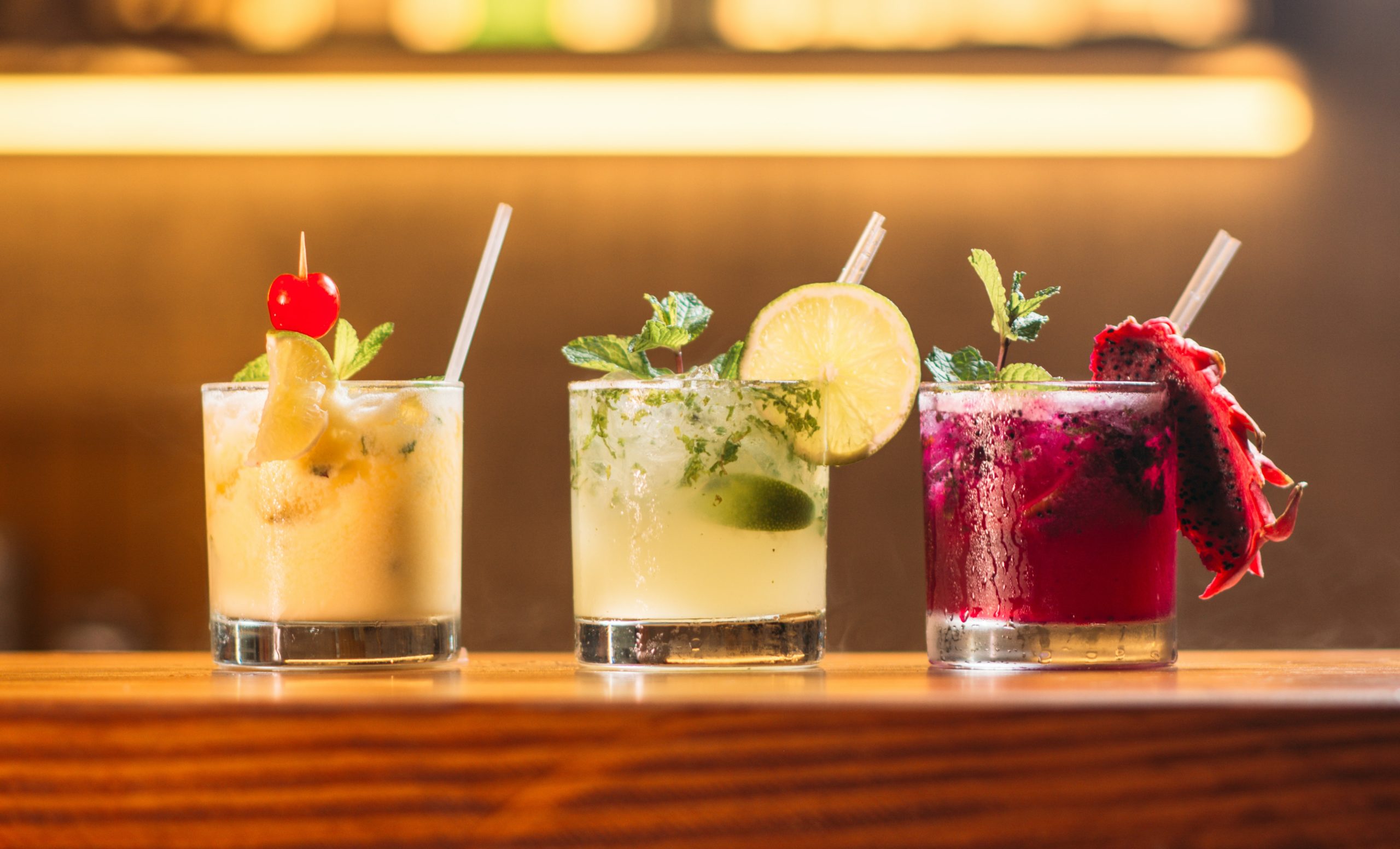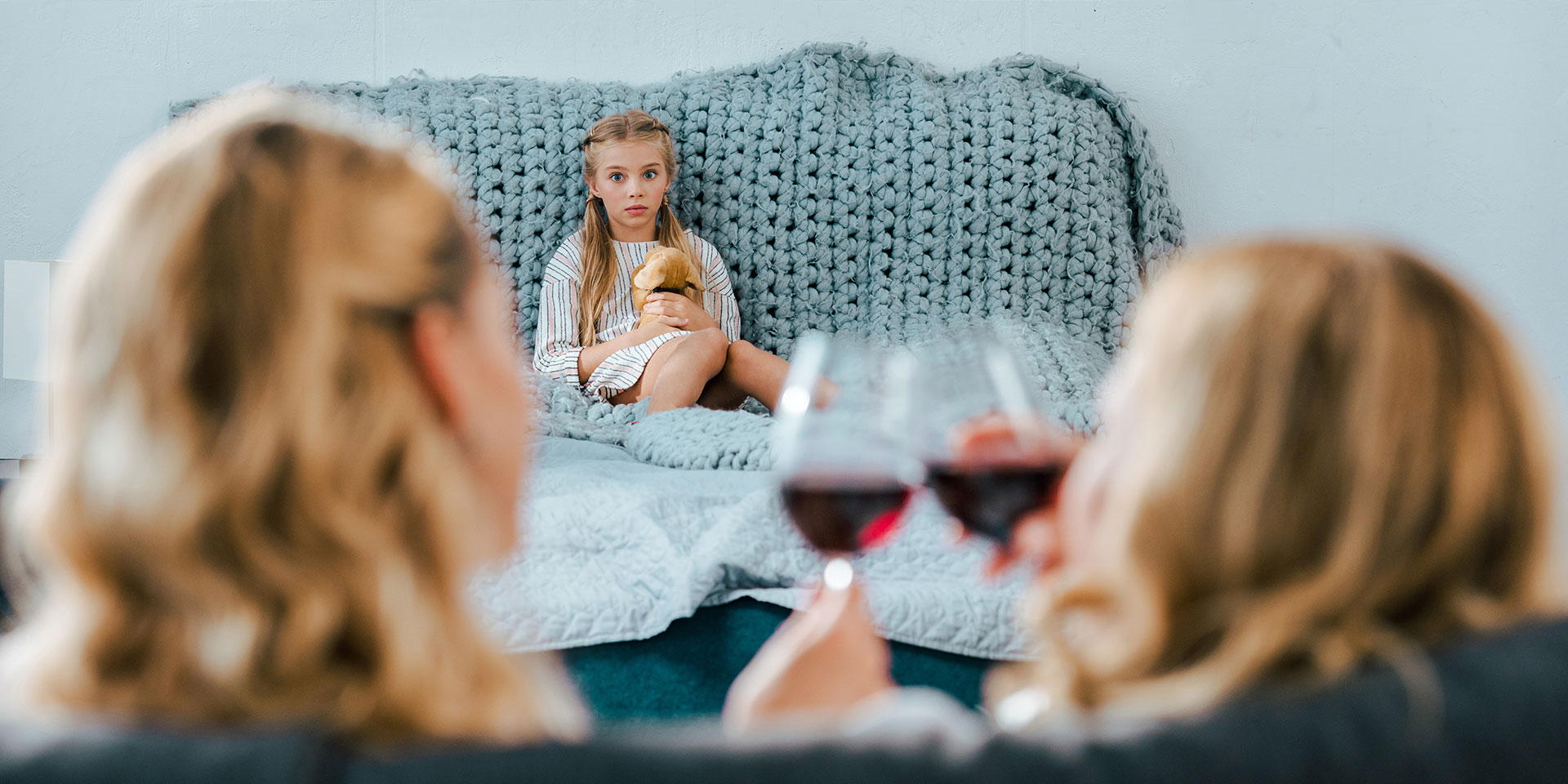To offer one’s child a sip of alcohol during mealtime or for other special occasions is not as rare as one might like to believe. Even if parents believe that a controlled start to alcohol consumption is protection from bingeing later on, the reality is that alcohol tasting in childhood generates major risks for the child’s development.
Recently, the case of an eighth grader drinking alcohol with her classmates, to the point that she almost got alcohol poisoning, reached the media. The parents of the pupils filed complaints for ill management of the situation by the teachers, and public opinion is waiting for the conclusions of the investigation opened by the police. This is not such a surprising event for the teachers who say they can identify, more or less frequently, pupils who have been beaten. This news confirms the concerns of those who know that we are top of the list in the EU when it comes to the amount of alcohol we consume, and that the data on alcohol consumption among pupils in Romania does not look good either.
A country that likes to drink
Romania ranks third in the European Union in terms of alcohol consumption, and holds an unfortunate second place in the ranking of countries with the most harmful consumption patterns, according to data published by the National Institute for Public Health. The average alcohol consumption for the population aged 15 and over is 14.4 litres of pure alcohol per person per year. This amount has increased in the last decade. By comparison, the annual global alcohol consumption is 6.3 litres of pure alcohol per capita, and Europe has an average consumption of 10.9 litres of pure alcohol/person.
According to data published by the Ministry of Health in 2011, 17 000 people die annually in Romania due to alcohol consumption, half of them being in the active period of life. Adult mortality due to alcohol is 3 times higher in men in Romania and 1.5 times higher in women, compared to the European Union’s average. Over 14% of the potential lifespans among the female population and 25.4% of the potential lifespans of men are lost in alcohol-related deaths, given that Romania still has one of the lowest life expectancies in the European Union.
According to research by ESPAD (European Research Project on Schools on Alcohol and Other Drugs), 78% of 16-year-old Romanian teenagers have consumed an alcoholic beverage at least once. One-fifth of girls and 40% of 15-year-old boys started drinking alcohol at the age of 13 or even earlier. The weekly alcohol consumption among Romanian children aged 11-15 places Romania in first place in Europe, according to studies conducted by the international surveillance network Health Behavior in School-aged Children (HBSC) and the World Health Organization.
Faced with a very serious reality, we would expect parents to be the first to try to discourage alcohol consumption in children, even if it is just a sip of alcohol on special occasions. But the reality is, opinions differ. And not only on this matter.
Why do parents allow their children to taste alcohol?
According to a survey in Romania, the Czech Republic, and Hungary, carried out by DRINKiQ in March-April 2021, 35% of Romanians (16% of Czechs, and 11% of Hungarians) believe that small amounts of alcohol consumed by children help them become more responsible consumers later in life. Moreover, although 60% of the Romanian respondents believe they have good or excellent knowledge about alcohol consumption, only 2.5% correctly answered all the questions testing this knowledge. For instance, a large number of respondents erroneously believed that women and men with the same constitution, who drink the same amount of alcohol, would feel the same effects.
The fact that over one third of Romanians favour controlled alcohol consumption in children will only confuse those who do not know that this practice has older roots and that there are a lot of justifications parents do not shy away from tossing into the public space, convinced that what they are doing is in their children’s best interests.
An article published last year by writer and blogger Ioana Chicet Macoveiciuc on the toxicity of the habit of allowing children to taste alcohol, generated controversy among parents, dividing them in opposite camps and shedding light on a series of reasons in favour of alcohol consumption.
Commentaries have shown that there is no consensus among parents regarding the age at which a child is allowed to taste alcohol. While some believe children to be ready at 16 or 18 years old, others say that it is unrealistic to believe that children haven’t yet found the proper opportunity to taste such beverages by the time they are 14. There also those who believe that slipping a few drops of alcohol into their child’s juice when they are 10 or even younger is helpful rather than harmful. There are also the stories (always about other people) about the one-year-old child (or younger) who received smaller or larger doses of alcohol in their bottle.
Some of those who believe that a sip of alcohol never killed anybody, regardless of the age, are part of the category of people who were allowed (or even encouraged) by parents or grandparents to taste the alcohol that was drunk at the table, often home-made, without this allowance having degenerated into an alcohol addiction. They even claim this has helped them tell “good quality alcohol” apart from the questionable alcohol on the market, drink temperately when no longer supervised by their parents, and made their cheeks flush—a sign of health according to one of the article’s readers. Appetite, the child’s curiosity, or the funny reactions they have when the first drop of alcohol comes in contact with their taste buds are other justifications parents use.

Some parents confess that a “middle ground” is hard to find, seeing that they themselves are used to occasionally savouring a glass of alcohol. Others believe that each parent knows best what their child needs. Finally, there are others who believe that studies saying that children should not taste alcohol are unrealistic, because they, their friends and acquaintances all tasted wine, beer, brandy, or whatever was available in the house and “they all ended up just fine.”
A study conducted in 2017 showed that the most frequent reason why Australian parents allowed their children to drink alcohol was the perception that their friends were already consuming alcohol. What is interesting is that most of the parents that offered their children alcohol had strict rules, good parental practices, and kept a close eye on their children’s relationships. However, the major factor that convinced them to relax the rules regarding alcohol was the attempt to shield them from inappropriate consumption within the child’s group of friends, by offering them an alternative model, says Monika Wadolowski, the coordinator of the study.
What studies say about alcohol tasting in childhood
The average age at which a person starts consuming alcohol went down from 17 years and a half in 1965, to 14 years in 2013, according to data published by the National Institute on Alcohol Abuse and Alcoholism in the US. According to researchers, the early onset of alcohol consumption is linked to a wide range of medical and social problems.
Children who started consuming alcohol at the age of 11 were 4 times more predisposed to drink excessively or get drunk during high school, according to a study conducted at the Center for Alcohol and Addiction Studies at Brown University in the USA. Researchers concluded that almost a third of the 561 children studied (from an elementary school in Rhode Island) had started to consume alcohol, with their parents being aware of this.
Although the study emphasized a correlation between the two variables, without being able to prove the existence of a causal relationship, the authors say that parents’ permissiveness regarding alcohol consumption sends mixed messages to children.
The average age at which a person starts to occasionally drink alcohol has decreased by 3 and a half years in 4 decades.
A Dutch study investigated the impact that early alcohol consumption has in the company of one’s best friend, compared to consumption in the company of brothers or parents. In both cases they concluded that this behaviour was associated with a problem regarding consumption later on. Taking into consideration the tendency to increasie alcohol consumption over time, regardless of the context in which children start to drink it, the authors underline the importance of making parents aware of the role they play in postponing their children’s contact with alcohol.
Children who consume alcohol in the seventh grade are more predisposed than non-consumers of the same age to have learning problems, problems related to substance abuse, and delinquent behaviour before and during high school, but are also more susceptible to problems related to getting a job and violent behaviour as young adults, according to a study conducted in 2003.
Alcohol consumption in minors (especially of the excessive kind) is also associated with socialization problems, unplanned sexual activity, physical or sexual violence, a high risk of suicide and homicide, and modifications in the brain’s development, with long lasting effects.
The NHS, the public health institution in Great Britain, recommends postponing alcohol consumption until the age of 18. Should minors, however, choose to consume alcohol, the recommendation is that they should definitely not do it before they are 15. Even at the age of 15 or older, alcohol can affect vital functions and organ development, and consumption before the age of 14 has increased health risks.
Occasional tasting of alcohol under parental supervision is as common as it is underestimated in terms of risk, say researchers at the University of Buffalo, warning that the onset of consumption before age 13 is a good predictor of increased frequency of alcohol consumption in the coming years.
People who report that they started drinking alcohol before the age of 15 are 4 times more likely to meet the criteria for alcohol addiction later, according to a study conducted in 2000 by researchers at the National Institute on Alcohol Abuse and Alcoholism in the USA.
It may seem logical for a parent to allow their child to have a few sips of wine, at home, in an apparently risk-free context, in which they can learn about moderate consumption rather than letting them experiment with their friends. However, evidence proving that such behaviour protects them is simply nowhere to be found. On the contrary, the data we have shows that this can have the opposite effect, says Dr Luisa Dillner, director of the British Medical Journal Publishing Group.
Most probably, the relationship between risks and benefits is not the best starting point in the discussion about alcohol tasting in childhood. After the University of Washington published the study “Global Burden of Diseases”, the most extensive project of its kind (they analysed the consumption patterns of 28 million people from 195 countries over the course of a decade), we now know that there is no amount of alcohol that can be considered risk-free.
Months before the publication of the study, the American Society of Clinical Oncology published a statement recommending limiting young people’s exposure to alcohol ads and better enforcement of laws related to the sale of alcohol to those under the legal drinking age (which is 21 in all US states). The statement quotes evidence of the association between certain types of cancer and moderate alcohol consumption. Professor Noelle LoConte, one of the signatories of the declaration, points out that its message has a dual purpose: to reduce alcohol consumption for those who already consume it, and to encourage those who do not drink to remain abstinent.
These recommendations can be at best confusing for alcohol consumers (but also for some of the experts). On the other hand, for years now, the statistics of the World Health Organization have shown that alcohol represents the main risk factor for premature mortality and disability among the 15-49 age group, accounting for 10% of the mortality registered in this group and 13.5% of all deaths among young people aged 20-39.
With all this data available, what benefits can parents who allow their child to have a sip of alcohol “so they can see how it is” still call upon?
Carmen Lăiu is a writer for ST Network and Semnele timpului.


















